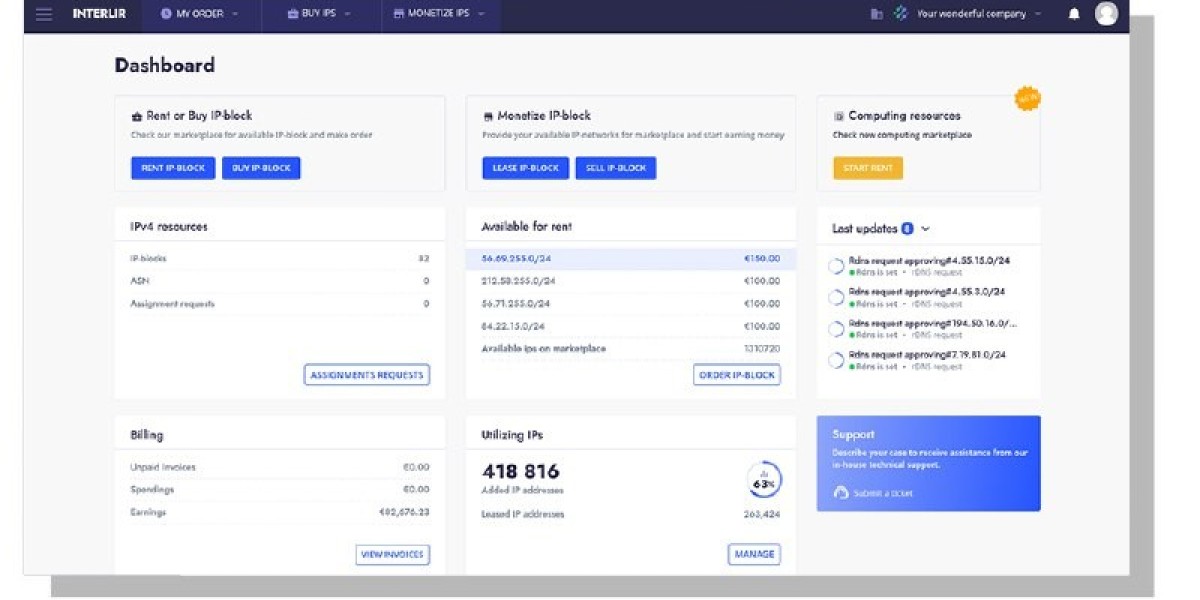In any organization, maintaining quality, safety, and compliance is more than just ticking boxes—it’s about creating a culture where standards are clearly understood, monitored, and upheld. Yet, despite best efforts, deviations occur. These deviations, known as nonconformities, can range from minor procedural lapses to major breaches that jeopardize safety, efficiency, and reputation. Understanding the types of nonconformity is crucial for managers, auditors, and employees alike to prevent costly mistakes and improve organizational performance.
For organizations in Multan aiming to elevate their safety and compliance culture, Global safety training in Multan offers practical insights and hands-on guidance to address nonconformities before they escalate.
What Is Nonconformity?
Nonconformity refers to a situation where a product, process, or system fails to meet a specified requirement. These requirements can be regulatory, contractual, internal policies, or standards like ISO or OSHA. In simple terms, it’s when “what should happen” doesn’t match “what actually happens.”
For example, if a factory’s safety procedure mandates wearing protective gloves when handling chemicals, and an employee skips this step, that constitutes a nonconformity. Recognizing these gaps promptly is essential for preventing accidents, financial loss, and reputational damage.
Major Types of Nonconformity
Nonconformities are typically categorized to help organizations identify root causes, implement corrective actions, and improve processes. Here are the key types every organization should understand:
1. Major Nonconformity
A major nonconformity represents a serious deviation that can significantly impact product quality, employee safety, or regulatory compliance. These are often systemic issues rather than one-off mistakes.
Example: A chemical plant failing to maintain proper storage temperatures for hazardous materials, leading to potential explosions or contamination.
Indicators:
Regulatory violations
Severe safety risks
Customer complaints impacting trust
2. Minor Nonconformity
Minor nonconformities are smaller deviations that usually don’t threaten safety or compliance immediately but can accumulate over time if ignored.
Example: Missing labels on some equipment or inconsistent record-keeping in non-critical processes.
Indicators:
Minor procedural lapses
Documentation errors
Non-critical equipment misalignment
3. Systemic Nonconformity
This occurs when the root cause is embedded in the organizational system, such as policies, procedures, or management practices. Addressing these nonconformities requires a holistic approach rather than a quick fix.
Example: Recurrent delays in incident reporting due to a cumbersome reporting system.
Indicators:
Repeated errors across departments
Inefficient processes
Gaps in staff training or awareness
4. Isolated Nonconformity
An isolated nonconformity is a one-off event, often caused by human error or unforeseen circumstances. These are easier to address and prevent with minor corrective actions.
Example: An employee forgets to lock a safety valve once, without systemic process failures.
Indicators:
Rare occurrence
Limited impact
Correctable without system changes
5. Regulatory Nonconformity
Regulatory nonconformities involve failing to comply with government or industry regulations. These can have legal implications and severe financial penalties.
Example: Not adhering to OSHA guidelines for fire safety drills.
Indicators:
External audit failures
Legal notices
Risk of fines or sanctions
6. Procedural Nonconformity
Procedural nonconformities arise when employees deviate from established internal procedures, even if no immediate harm occurs.
Example: Skipping steps in a machine maintenance checklist.
Indicators:
Breach of SOPs
Reduced operational efficiency
Increased likelihood of future incidents
7. Quality Nonconformity
Quality nonconformities are related to product or service standards. These deviations may not pose safety risks but can impact customer satisfaction and brand reputation.
Example: Manufacturing a batch of products with incorrect specifications.
Indicators:
Customer complaints
High defect rates
Returns or warranty claims
How Organizations Can Manage Nonconformities
Understanding the types of nonconformity is only the first step. Effective management requires a structured approach that integrates reporting, corrective actions, and continuous improvement.
1. Implement Robust Reporting Systems
Encourage staff to report any deviations immediately. Digital tools and incident management software can make this process seamless and trackable.
2. Conduct Regular Audits
Internal and external audits help identify nonconformities before they escalate. Audits can cover safety, quality, regulatory compliance, and operational processes.
3. Root Cause Analysis
Once a nonconformity is detected, identify its root cause. Was it human error, system failure, lack of training, or policy gap? Root cause analysis ensures corrective actions address the source, not just the symptom.
4. Corrective and Preventive Actions (CAPA)
Corrective actions fix existing issues.
Preventive actions address potential future risks.
Example: If missing equipment labels are identified, corrective action involves labeling the items, while preventive action could include revising procedures or training staff on labeling standards.
5. Continuous Training and Awareness
Organizations benefit from structured safety and quality training programs. For instance, companies in Multan seeking to elevate their safety culture can leverage Cosmic NEBOSH provider in Multan to provide globally recognized training that empowers employees to identify and address nonconformities proactively.
6. Documentation and Review
Maintain clear records of all nonconformities, audits, and CAPA measures. Regularly reviewing these records allows organizations to track trends, measure improvement, and demonstrate compliance during external inspections.
Practical Checklist for Nonconformity Management
Define clear criteria for identifying nonconformities
Encourage transparent reporting culture
Conduct routine internal audits
Implement CAPA for each detected issue
Train employees regularly on compliance and safety
Monitor trends and refine procedures continuously
Ensure documentation is accurate and accessible
FAQs
What is the difference between major and minor nonconformity?
Major nonconformities are serious deviations affecting safety, compliance, or quality, while minor nonconformities are smaller, often procedural issues with limited immediate impact.
How can nonconformities affect an organization?
They can lead to safety hazards, regulatory penalties, product defects, customer dissatisfaction, and financial losses.
Who is responsible for managing nonconformities?
While management sets policies, everyone in the organization—from employees to auditors—plays a role in detecting, reporting, and addressing nonconformities.
Can nonconformities be prevented entirely?
Not entirely, but proactive training, robust procedures, and continuous monitoring significantly reduce their occurrence.
How does training help in managing nonconformities?
Training improves awareness, equips employees with problem-solving skills, and fosters a culture of compliance and safety, reducing both human and systemic errors.
Conclusion
Nonconformities are inevitable, but understanding their types and implementing structured management strategies can minimize their impact. From major regulatory breaches to minor procedural lapses, recognizing the nuances helps organizations act promptly and effectively.
For businesses in Multan aiming to strengthen safety and compliance, investing in Global safety training in Multan equips teams with the knowledge and skills to identify, report, and resolve nonconformities efficiently. Partnering with a trusted Cosmic NEBOSH provider in Multan ensures globally recognized certifications, improved workplace safety, and a culture of continuous improvement.
Ultimately, proactive management of nonconformities isn’t just about compliance—it’s about creating a safer, more efficient, and trustworthy organization that can thrive in today’s competitive and regulated environment.






